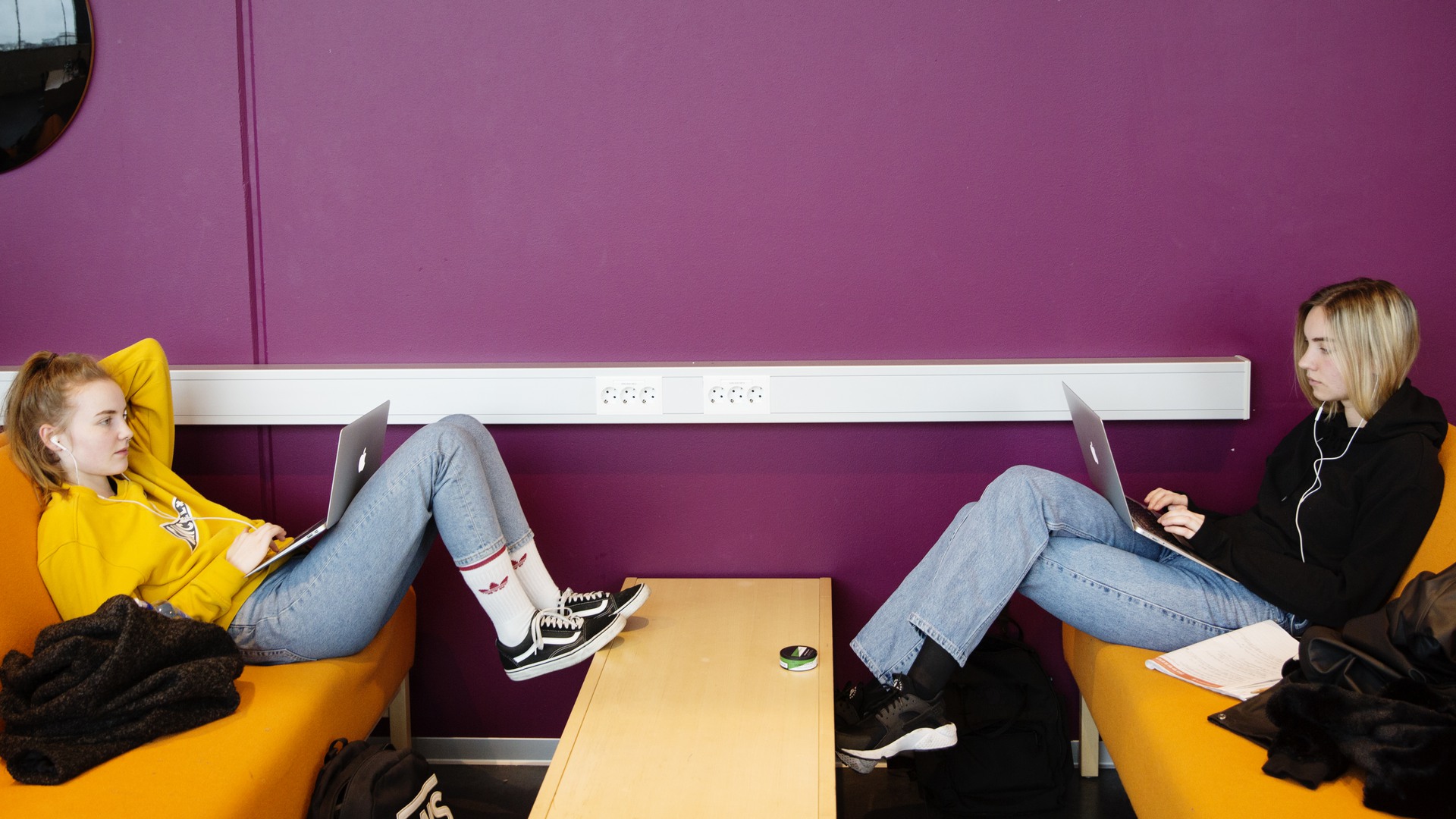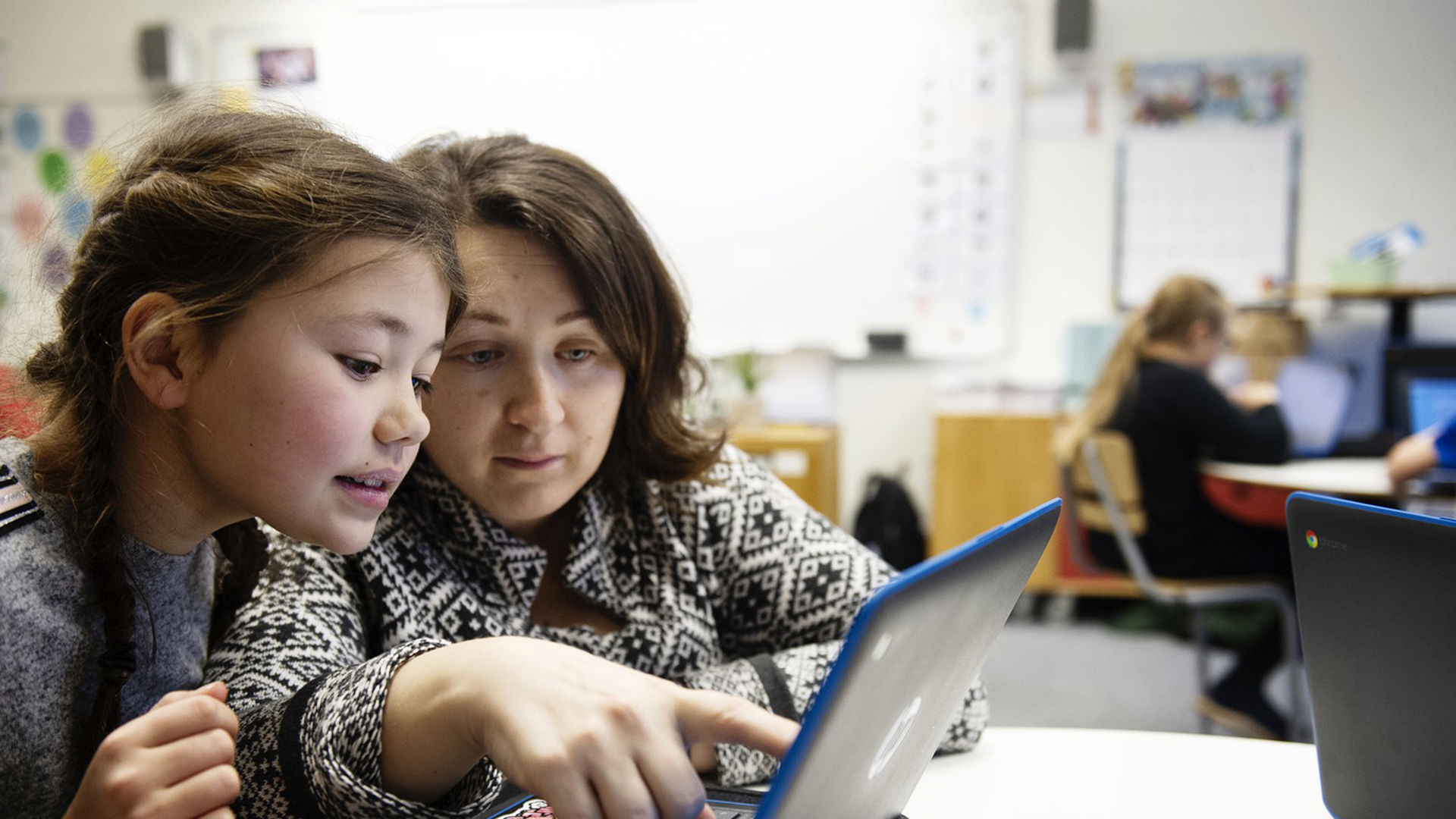Gender and Education - An Intersectional Perspective in Contemporary Settings
About the course
This course is relevant for those who are interested in developing an understanding of the concepts of gender and intersectionality, and would like to train their ability to use these concepts to analyse and understand educational practices and school activities.
In the course, the students take the concepts of gender and intersectionality, using both a contemporary and a historical perspective, as its starting point. Hereby, the course builds an understanding, and a critical analysis, of educational practices and school activities. This means that the student, in relation to his or her own experiences, analyses different aspects of education using concepts such as gender, sexuality, ethnicity, race, social class and age.
Course content
The aim of the course is that the student develops an understanding on the concepts of gender and intersectionality, and an ability to use these concepts to analyse educational practices and school activities.
The course takes the concepts of gender and intersectionality, using both a contemporary and a historical perspective, as its starting point. Hereby, the course builds an understanding, and a critical analysis, of educational practices and school activities. This means that the student, in relation to his or her own experiences, analyses different aspects of education using concepts such as gender, sexuality, ethnicity, race, social class and age.
Entry requirements and selection
Entry requirements
General entry requirements + English 6
Selection
66% Upper Secondary Grades - 34% Swedish Scholastic Aptitude Test (SweSAT)
Course literature
Current literature list is available in the syllabus for the course
Course evaluation
Malmö University provides students who participate in, or who have completed a course, with the opportunity to express their opinions and describe their experiences of the course by completing a course evaluation administered by the University. The University will compile and summarise the results of course evaluations. The University will also inform participants of the results and any decisions relating to measures taken in response to the course evaluations. The results will be made available to the students (HF 1:14).




